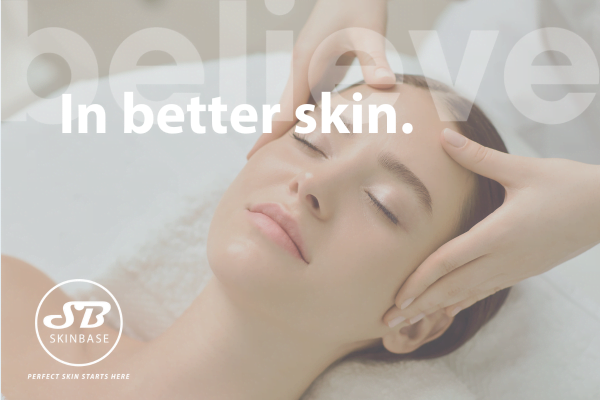While acne is incredibly common within the population, signs and symptoms vary between individuals, depending on the severity of their condition. If you are wondering what the different types of acne are, you have come to the right place.
The NEW Ultimate Guide to Acne
Suffering from acne? We’ve compiled a brilliant FREE ebook to give you information and top tips to understand what acne is, why you get it and most importantly how to get rid of it.
Download Now
Different Types of Acne
Acne is known as a ‘multifactorial’ condition, so symptoms can manifest in a number of ways. The best way to begin your acne treatment journey is to understand the different types of acne, and pinpoint what you are suffering with.
Blackheads
Blackheads are a mild type of acne, and should be easily recognisable due to their darkened appearance on your skin. When hair follicles are clogged, dead skin cells and oil collect in the opening, forming a bump (comedo). If the bump opens and is exposed to the air, the oxygen gives it a black appearance. Unlike different acne types, inflammation is not present with blackheads, so they should not be painful.
Whiteheads
Whiteheads are one of the most common forms of acne, and are formed similarly to blackheads. Whitehead bumps are known as closed comedones, as they do not get exposed to the air. Instead, the bump remains covered and develops pus, leading to its white appearance. Whiteheads are also noninflammatory types of acne.
Papules
If you are suffering from inflammation and have red, swollen bumps on your skin, you are likely dealing with papules. As with other types of acne, papules are formed by excess oils and dead cells blocking pores. However, the build up of pressure causes the pore to rupture, spreading pus and bacteria into the surrounding skin. As your immune system triggers an inflammation response, they develop their red, tender appearance.
Pustules
If you have papules, you are probably dealing with pustules too. Different types of acne are commonly experienced together. As your immune system continues to work, papules often fill with white or yellow pus and turn into pustules. They are easily distinguishable from whiteheads due to the painful, red swelling that occurs alongside the bumps.
Nodules
If you are suffering with severe acne that appears to be forming deep within the skin, you are dealing with nodules. Nodules do not develop pus as whiteheads and pustules do, making them firm to the touch. Instead, they are painful red or skin-tone coloured bumps.
Cysts
Cysts are also a severe symptom of acne that develops deep in the skin. Unlike nodules they are filled with pus, making them soft to the touch. Cystic acne appears red, is very painful and can be very stubborn to treat. Cyst breakouts can stay on the skin for weeks, particularly along the jawline.

